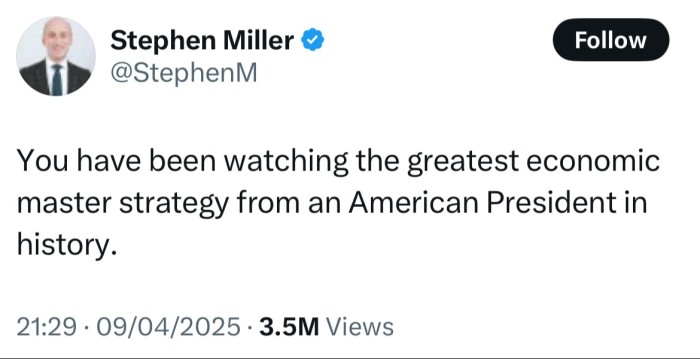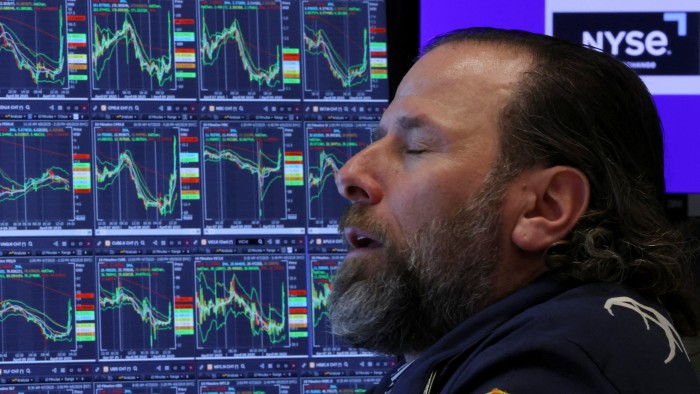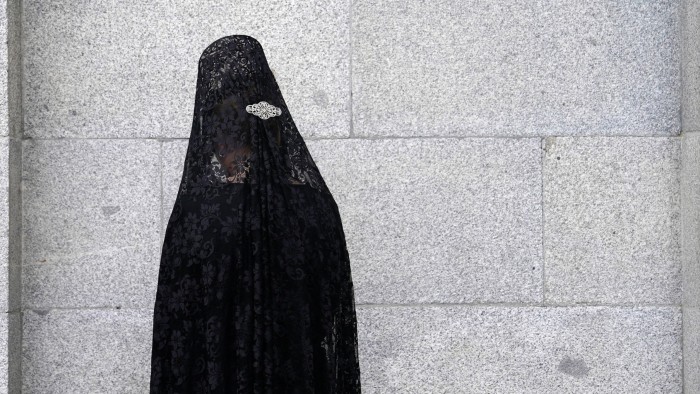Unlock the Editor’s Digest for free
Roula Khalaf, Editor of the FT, selects her favourite stories in this weekly newsletter.
After some recent excursions to the United States, the FT Alphaville Pub Quiz will return to London next month, with the kind support of Finalto!
The basic premise hasn’t changed much from last year’s outing (and neither has this article), but we have some cruel round innovations that we can’t wait to inflict upon the good people of Britain. We’ve also snagged a surprise guest host that we’re very excited about. So it’s going to be a good one.
If you haven’t already fired up the group chat, here’s what you need to know*:
What?
Several rounds of finance and economics-themed questions in a classic pub quiz format, covering the whole gamut from ETF to WTF.
We have space for up to 25 teams of up six people. We recommend teams of at least four, as the difficulty level is . . . considerable.
Tickets are £30pp, and include a dim sum platter per person. Vegan, gluten-free and halal options available. Payment will be required upfront.
Examples of recent quizzes can be found here and here and here and here and here and here and here. Just remember that it’s mainly about having fun.
When?
Thursday 15 May.** Sign in from 5:45pm, quiz to start just after 6:30pm.
Where?
Ping Pong Bow Bells House, a City of London dim sum restaurant at the corner of Bread Street and Watling Street.
It is very near St Paul’s and Mansion House, pretty near Bank, Moorgate and Cannon Street, about 20 minutes from Canary Wharf and Bond Street, roughly an hour from Heathrow airport, and generally just easy to get to. Its what3words is fresh.encounter.grades — all of which the quiz should deliver.
Ping Pong’s bar will be in operation throughout the evening.***
Why?
You will receive the following things:
— Dim sum
— An opportunity to test your brain
— An opportunity to hang out with your smartest besties
You may receive the following:
— Endorphins / treasured memories
— Eternal glory
— Exclusive merchandise
— WINNER’S MUG WINNER’S MUG WINNER’S MUG
How?
Email [email protected] with the subject line PQLDN25.† We’d ideally like teams of six to maximise attendance (and, possibly, your chances of victory), so get emailing your nerdiest friends.
For your entry to be complete, you must CC all team members, give the mobile number of the team captain, and state your team’s name. Please also let us know which of the dim sum menus your team members might like.
Tickets may go very quickly — so don’t wait around. Once your entry is confirmed, a member of the Alphaville Immersive Events™️ team will follow up with details about payment and food.
Space is limited and tables will be allocated first-pay-first-served.
Team names
Traditional pub quiz rules apply: punnier = funnier. Your team name WILL be read aloud at some point in the evening, and subsequently published, so aim high.
Stragglers
Don’t have a team? Get in contact via the email and subject above, and if demand is high enough we’ll create 1–2 Rando Teams.
. . . and that’s it! Go get those teams together, and we look forward to seeing lots of you next month.
*Obviously you might also need to know one or two things about finance (in the loosest sense).
**Once again, we’ve astutely dodged decision day.
***For the purposes of start-of-quiz expedience, the bar will initially offer drinks from a limited menu.
†Please get the subject right or you will reduce your chance of getting a reply and then you’ll cry and then we’ll cry.





















